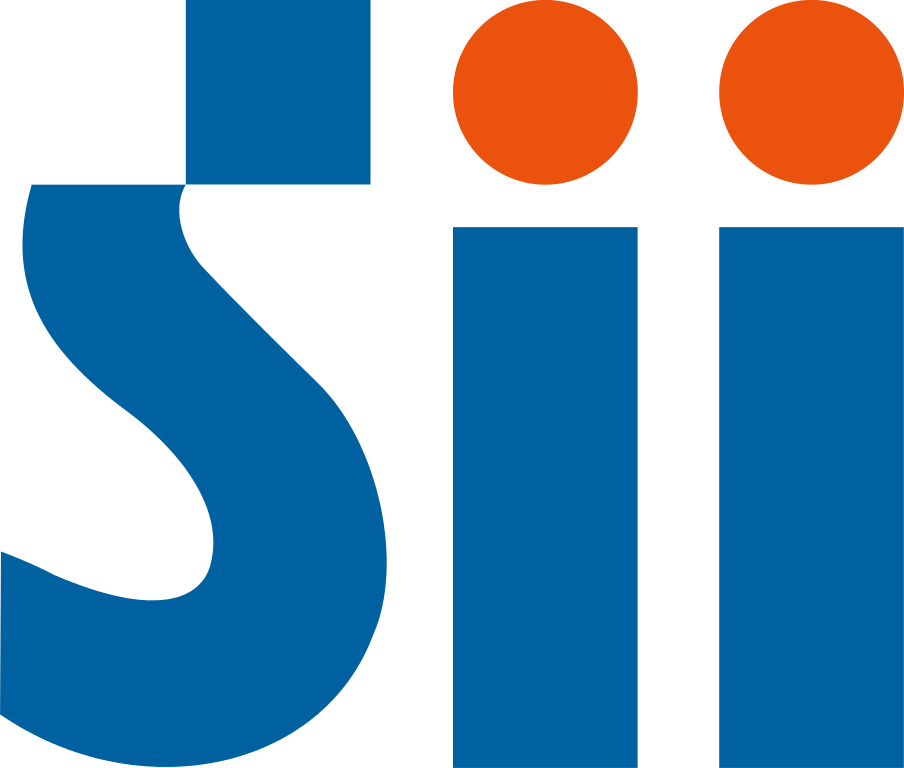A gluten-free diet regimen is a nutritional method that includes the removal of gluten, a protein located in specific grains. This diet is largely followed by individuals detected with celiac illness, non-celiac gluten level of sensitivity, or wheat allergy. Gluten can cause negative responses in these people, causing numerous wellness issues. By taking on a gluten-free diet regimen, they can manage their signs and symptoms and also improve their total wellness.
Gluten is generally discovered in grains such as wheat, barley, rye, and triticale. It offers elasticity to dough, providing it a crunchy texture. Nevertheless, for those with gluten-related conditions, consuming foods which contain gluten can cause an immune action and damage the cellular lining of the tiny intestine.
Why Do Individuals Comply With a Gluten-Free Diet Regimen?
There are numerous reasons that individuals select to follow a gluten-free diet:
- Celiac Condition: Gastric illness is an autoimmune condition in which the ingestion of gluten results in damage in the tiny intestine. This can cause different signs and symptoms, including abdominal pain, bloating, diarrhea, and also exhaustion. Complying with a gluten-free diet plan is vital for managing celiac illness as well as preventing lasting difficulties.
- Non-Celiac Gluten Sensitivity: Some individuals experience signs and symptoms similar to those with celiac disease when consuming gluten, yet do not have the autoimmune response or digestive tract damages. This condition is known as non-celiac gluten level of sensitivity. Embracing a gluten-free diet plan can assist alleviate the connected signs.
- Wheat Allergic reaction: A wheat allergic reaction is an immune response activated by certain healthy proteins located in wheat. Signs can vary from light, such as hives and itching, to severe, consisting of difficulty breathing as well as anaphylaxis. Avoiding gluten-containing grains is important for individuals with a wheat allergy.
- Various Other Health and wellness Conditions: Some people with specific health conditions, such as irritable digestive tract disorder (IBS), inflammatory bowel condition (IBD), or dermatitis herpetiformis (a skin condition related to celiac disease), may find that a gluten-free diet assists manage their symptoms.
- Dietary Choice: Furthermore, some people choose to comply with a gluten-free diet plan as an individual choice or for weight administration purposes, although it is essential to keep in mind that there is no proof to suggest that a gluten-free diet plan help in weight-loss for those without gluten-related conditions.
What Foods Can You Eat on a Gluten-Free Diet plan?
A gluten-free diet regimen concentrates on eliminating gluten-containing grains and also including naturally gluten-free options. Foods that can be eaten on a gluten-free diet include:
- Fruits and Vegetables: All fresh vegetables and fruits are normally gluten-free and also need to be a staple in a gluten-free diet regimen.
- Meats as well as Fish: Fresh meats, chicken, and also fish are generally gluten-free. Nevertheless, processed meats, such as sausages and deli meats, might consist of gluten as additives, so it is essential to review tags very carefully.
- Legumes and also Pulses: Beans, lentils, chickpeas, as well as various other legumes are exceptional sources of healthy protein as well as are naturally gluten-free.
- Milk Products: The majority of milk items, such as milk, cheese, and also yogurt, are gluten-free. Nevertheless, flavorful milk products and also some processed cheeses may consist of gluten, so it’s essential to check tags.
- Grains as well as Starches: While lots of grains contain gluten, there are gluten-free alternatives available. These include rice, corn, quinoa, millet, amaranth, buckwheat, and gluten-free oats.
- Nuts as well as Seeds: Nuts as well as seeds are normally gluten-free and provide vital nutrients and healthy and balanced fats.
- Gluten-Free Products: There is a variety of gluten-free products offered in specialty stores and grocery stores, consisting of bread, pasta, flours, and cooking mixes. These are para que sirve cardioxil specifically formulated to be free of gluten.
What Foods Should You Prevent on a Gluten-Free Diet?
To follow a gluten-free diet regimen, it is essential to avoid foods which contain gluten. Some typical sources of gluten consist of:
- Wheat: This consists of all items made from wheat, such as bread, pasta, couscous, as well as cereal.
- Barley: Barley is often found in malt, malt vinegar, beer, and also some artificial additive.
- Rye: Rye is commonly used in bread, rye beer, and particular grains.
- Triticale: Triticale is a crossbreed grain stemmed from wheat and also rye, and also it contains gluten.
- Processed Foods: Numerous processed foods, consisting of sauces, dressings, and soups, frequently have gluten as a thickening agent or filler. It is necessary to thoroughly read labels and try to find gluten-free qualifications.
- Cross-Contamination: Cross-contamination can take place when gluten-free foods come into call with surface areas or tools that have actually been infected with gluten. It is crucial to prepare gluten-free dishes in a separate location and also prevent using shared tools.
To conclude
A gluten-free diet is a required method for people with gastric condition, non-celiac gluten level of sensitivity, wheat allergy, or certain health and wellness conditions. By eliminating gluten-containing grains as well as including gluten-free alternatives, people can handle their symptoms and also boost their overall health as well as well-being. It is essential to thoroughly review labels, avoid cross-contamination, as well as consult with health care experts or signed up dietitians to make certain a well balanced and nutritious gluten-free diet.






